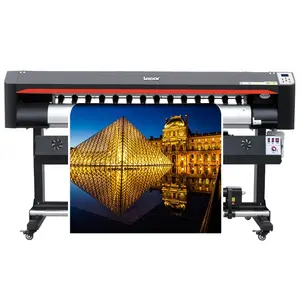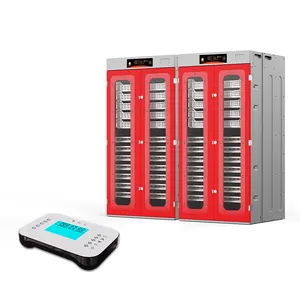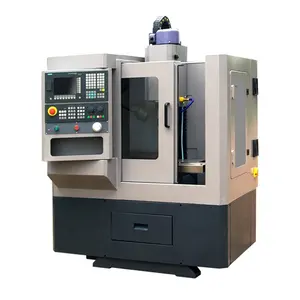Popular in your industry

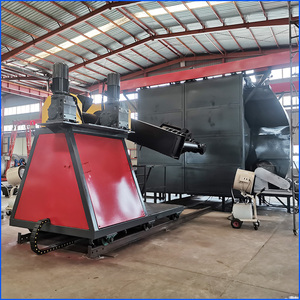

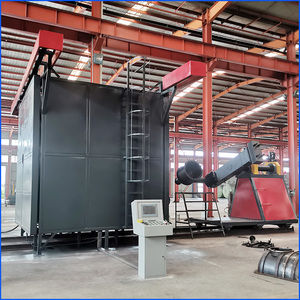

















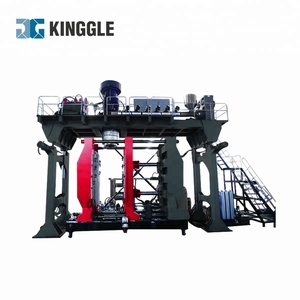


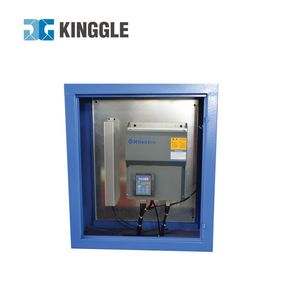






























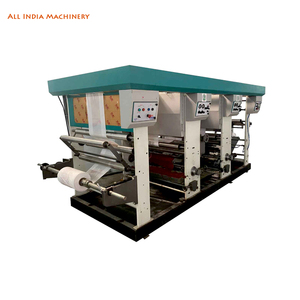




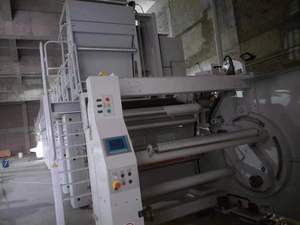

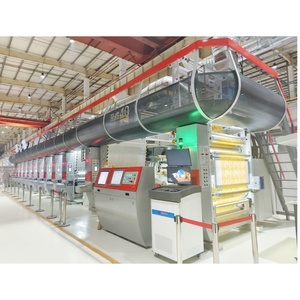
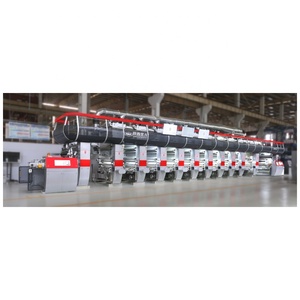



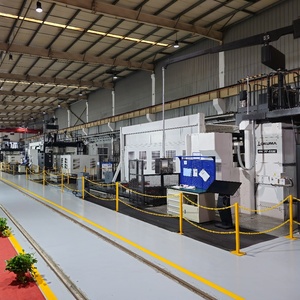

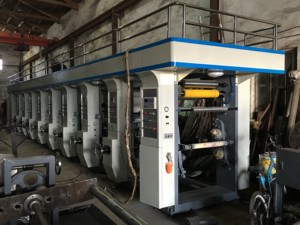
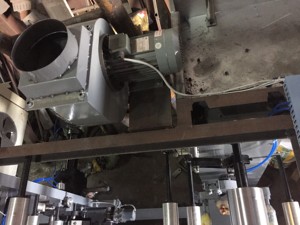
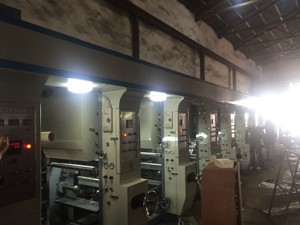






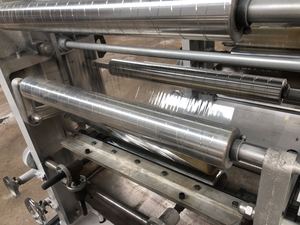





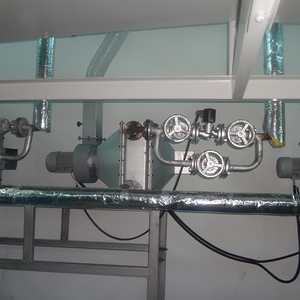



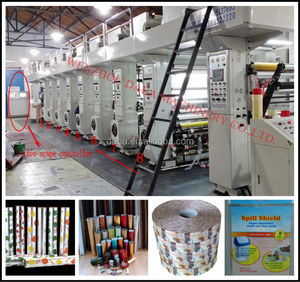
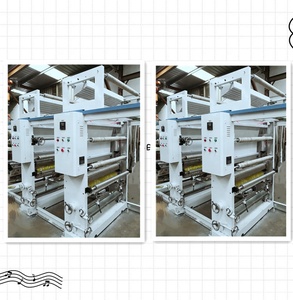



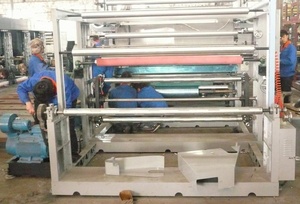



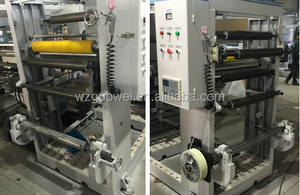

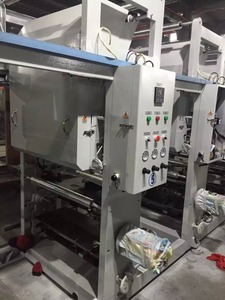
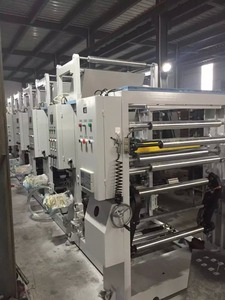
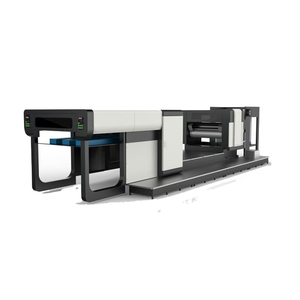



















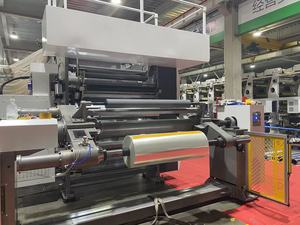
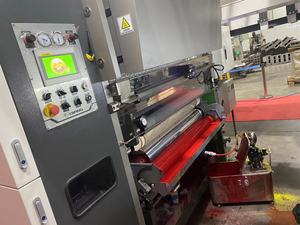
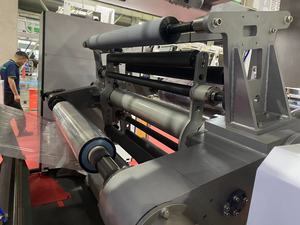










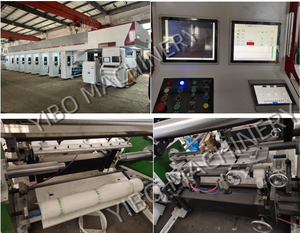











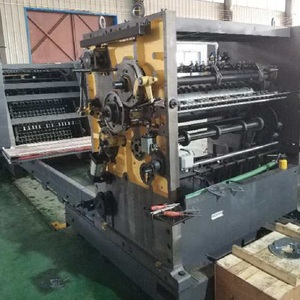

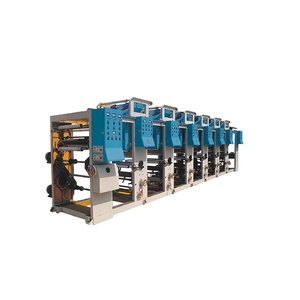
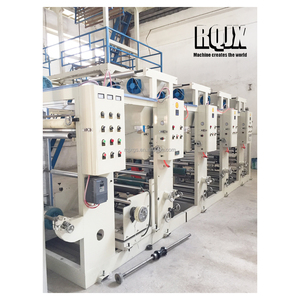















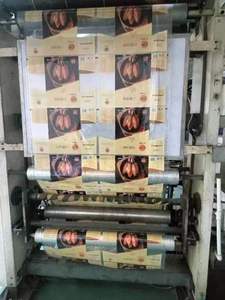

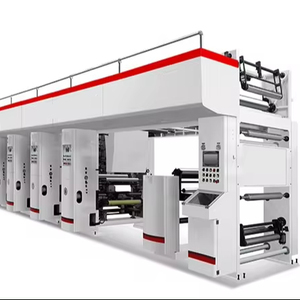


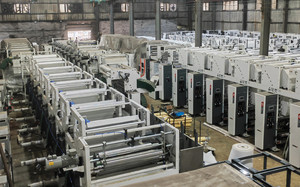


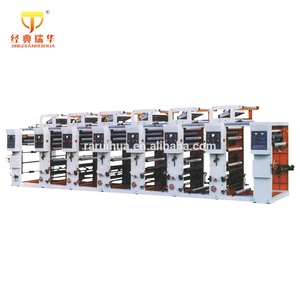














Top categories
About roto machine
Introduction to Roto Machine
Roto machine, also known as a rotational molding machine, is a specialized piece of equipment used in the manufacturing industry for the production of hollow plastic parts and products. This innovative machine utilizes a unique process called rotational molding to create seamless, stress-free, and durable plastic products.
Technical Specifications
Rotational molding machines come in various sizes and configurations to suit different production needs. These machines typically have a power capability ranging from 35-40 hp, allowing them to efficiently rotate molds of varying sizes. The maximum range of these machines can handle is around 3-4 tons, offering versatility in the types of products that can be manufactured. Additionally, rotational molding machines can accommodate molds with dimensions between 60 and 130 feet, enabling the production of large-scale items.
Design and Operation
The design of a roto molding machine is crucial for its efficient operation. These machines are equipped with sturdy frames to support the molds and ensure stability during the rotational molding process. They also feature precision control systems that regulate the speed and temperature to achieve consistent and high-quality results. The operation of a rotational molding machine involves loading the mold with the desired material, heating it to a specific temperature, rotating it in multiple axes, and cooling it to solidify the product.
Advantages of Rotational Molding
One of the key advantages of using a roto moulding machine is the ability to create complex, hollow shapes that would be difficult or impossible to achieve with other manufacturing processes. The rotational molding method allows for uniform wall thickness, which enhances the structural integrity of the final product. Additionally, this process is cost-effective as it produces minimal waste compared to traditional molding techniques, making it environmentally friendly.
Applications and Industries
Rotational molding machines are widely used across various industries to manufacture a diverse range of products. From automotive components and storage tanks to playground equipment and furniture, the versatility of rotational molding equipment makes it a valuable asset for businesses. The ability to produce large, seamless parts with intricate designs has made rotational molding a preferred choice in sectors such as transportation, agriculture, and recreational equipment.
Choosing the Right Rotational Molding Machine
When selecting a rotational molding machine for your business, several factors need to be considered. These include the size and weight capacity of the machine, the heating and cooling capabilities, the control system features, and the overall production efficiency. It is essential to choose a machine that aligns with your production requirements and budget while ensuring consistent quality and performance.
Maintenance and Care
Proper maintenance of a rotational molding machine is crucial to ensure its longevity and optimal performance. Regular cleaning of the molds, inspection of heating elements, and lubrication of moving parts are essential maintenance tasks. Additionally, monitoring the temperature and rotation speed during the molding process can help prevent issues and ensure the production of high-quality plastic products.
Enhancing Production Efficiency
To enhance the efficiency of a roto machine, businesses can explore automation options and customization features. Implementing automation technology can streamline the molding process, reduce manual labor, and increase output. Furthermore, customizing the machine to meet specific production requirements, such as integrating cooling systems or mold release mechanisms, can further optimize efficiency and productivity.
Future Trends in Rotational Molding
The future of rotational molding technology is promising, with advancements in materials, design software, and automation driving innovation in the industry. The integration of sustainable materials and processes into rotational molding is gaining traction, aligning with the growing focus on environmental consciousness. Additionally, the development of smart manufacturing solutions and digital integration is set to revolutionize the efficiency and precision of rotational molding processes.
Conclusion
In conclusion, roto machines play a pivotal role in the manufacturing sector, offering a versatile and efficient solution for producing a wide range of plastic products. With their advanced design, precise operation, and numerous advantages, rotational molding machines are essential equipment for businesses looking to achieve high-quality, cost-effective manufacturing processes.
